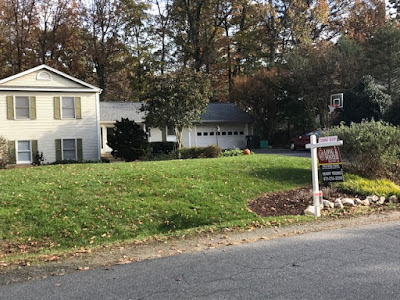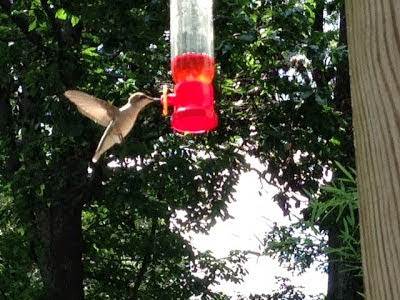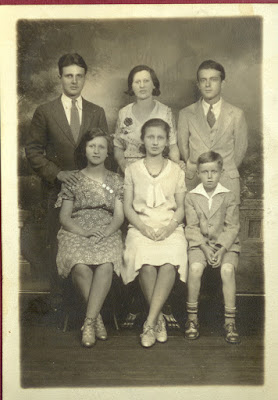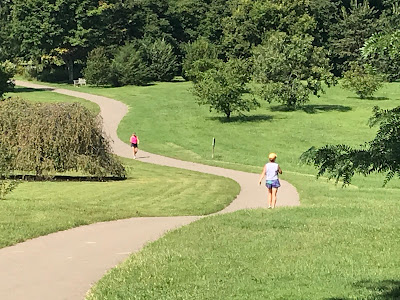I’ve become a newspaper skimmer these days, checking headlines, reading a few stories and largely ignoring the rest. That I’m reading a hard-copy newspaper at all makes me a dinosaur, so the fact that I’m not always reading every article from start to finish is hardly jaw-dropping news.
Sometimes, though, an article I only meant to skim draws me in to such an extent that I keep on reading even when I should be doing something else.
Such was the case last night when, as I was heading to bed, a headline caught my eye: “The Canary.” Maybe because I like birds, maybe because the photograph of a mineshaft piqued my curiosity since I spent some time in one last month.
The article tells the story of Chris Mark, a mine-safety engineer and the winner of a “Sammie” award for excellence in public service. From the sound of it, no individual has done more to keep miners safe than Mark has. Not that he’d tell you this himself. The man is humble to a fault.
No way can I do this riveting story justice; you’ll have to read it for yourself. But don’t do it leaning over the kitchen counter, as I did. Brew yourself a cup of tea, settle into a comfy chair, and peruse it properly. If for no other reason, read it to remind yourself, as author Michael Lewis says, “how many weird problems the United States government deals with at any one time.” And read it to remind yourself that real heroes still walk among us.
(Graffiti in the Last Chance Mine, Creede, Colorado)









